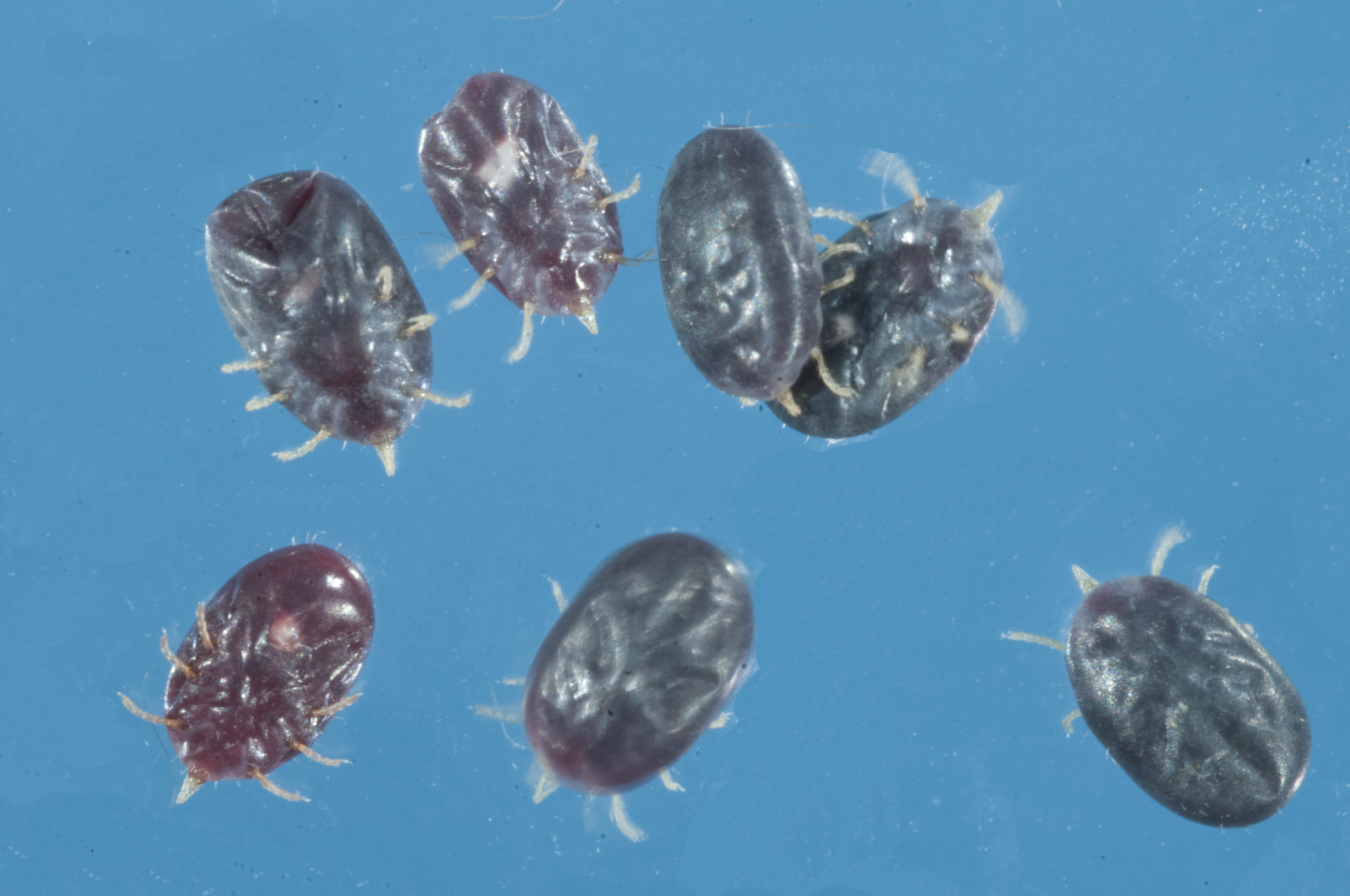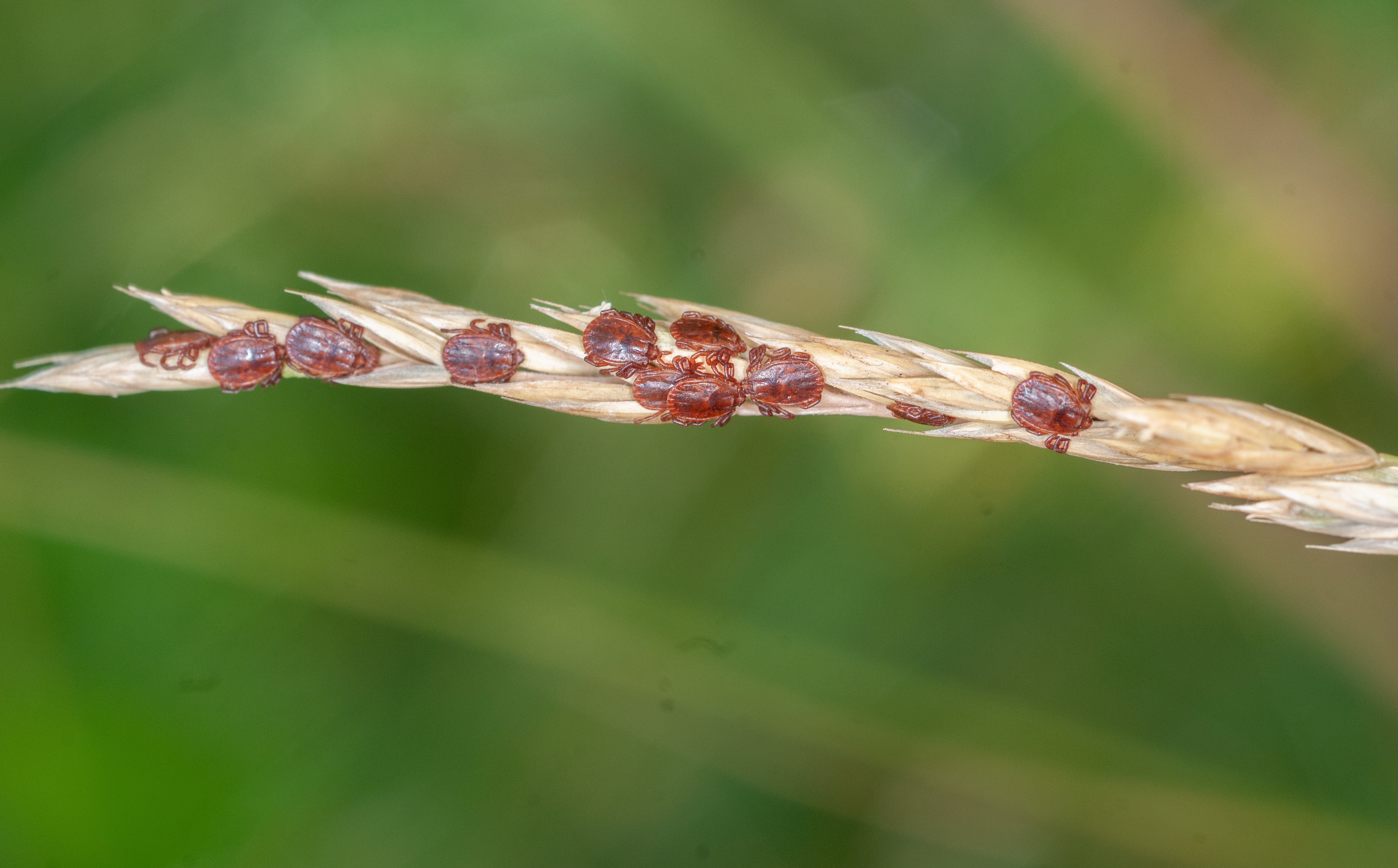By analyzing 42 years worth of canned salmon, University of Washington scientists show that levels a common marine parasite rose in two salmon species in the Gulf of Alaska from 1979 to 2021. The rise may be a sign of ecosystem recovery, possibly influenced by the 1972 Marine Mammal Protection Act.
Tag: Parasites
This parasitic plant convinces hosts to grow into its own flesh—it’s also an extreme example of genome shrinkage
If you happen to come across plants of the Balanophoraceae family in a corner of a forest, you might easily mistake them for fungi growing around tree roots. Their mushroom-like structures are actually inflorescences, composed of minute flowers.
Second gene implicated in malaria parasite resistance evolution to chloroquine
How malaria parasites evolved to evade a major antimalarial drug has long been thought to involve only one key gene. Now, thanks to a combination of field and lab studies, an international research team has shown a second key gene is also involved in malaria’s resistance to the drug chloroquine.
Scientists uncover the unexpected identity of mezcal worms
Mezcal is a distilled alcohol made from the boiled and fermented sap of agave plants. Most mezcal beverages — including all brands of tequila — are sold as pure distillates, but a few have an added stowaway bottled inside: worms.
Red at first sight but these mites are alright
Living on the rugged landscape of rocks and concrete, the red velvet mite Balaustium murorum braves intense sunlight and ultraviolet radiation.
Parasite may create risk-taking wolves in Yellowstone
New research from a University of Montana student and his partners suggests that a common parasite associated with cats turns Yellowstone National Park wolves into risk takers, who when infected are much more likely to disperse across the landscape and become pack leaders.
Identity theft the secret of the cat parasite’s success
The parasite Toxoplasma is carried by a large portion of the global human population.
Parasites May Take a Heavier Toll on the Health of Mammal Populations Than Previously Thought, Study Suggests
From cattle to uncontrolled wildlife, pesky but pervasive large parasites like tapeworms have a far greater impact on the total body health of their mammal hosts than previously known, new University of Alberta research suggests.

Study confirms the sensitivity of Techcyte’s AI solution for intestinal protozoa detection
A study authored by researchers at Quest Diagnostics and presented at ASM Microbe on June 9-12th 2022 in Washington, D.C. provides evidence that the Techcyte technology aids in the detection of intestinal protozoa.
Dog parasite is developing resistance to treatments
Right now, U.S. veterinarians rely on three types of drugs to kill the hookworms, but the parasites appear to becoming resistant to all of them.
Health Status of Vulnerable Gopher Tortoises Revealed in Southeastern Florida
In previously unstudied gopher tortoise aggregations, researchers found that overall, 42.9 percent had circulating antibodies to an infectious bacterium that causes upper respiratory tract disease. Physical examination showed that 19.8 percent had clinical signs consistent with upper respiratory tract disease and 13.2 percent had some form of physical abnormality. None of the tortoises tested positive for Ranavirus or Herpesvirus, which represents important baseline data, since these viruses are thought to be emerging pathogens of other tortoise and turtle species.

Bat Tick Found for the First Time in New Jersey
A tick species associated with bats has been reported for the first time in New Jersey and could pose health risks to people, pets and livestock, according to a Rutgers-led study in the Journal of Medical Entomology. This species (Carios kelleyi) is a “soft” tick. Deer ticks, which carry Lyme disease, are an example of “hard” ticks.

Study identifies spread of bee disease via flowers
One in 11 flowers carries disease-causing parasites known to contribute to bee declines, according to a Cornell University study that identifies how flowers act as hubs for transmitting diseases to bees and other pollinators.

Where Did the Asian Longhorned Ticks in the U.S. Come From?
The invasive population of Asian longhorned ticks in the United States likely began with three or more self-cloning females from northeastern Asia, according to a Rutgers-led study. Asian longhorned ticks outside the U.S. can carry debilitating diseases. In the United States and elsewhere they can threaten livestock and pets. The new study, published in the journal Zoonoses and Public Health, sheds new light on the origin of these exotic ticks and how they are spreading across the United States.